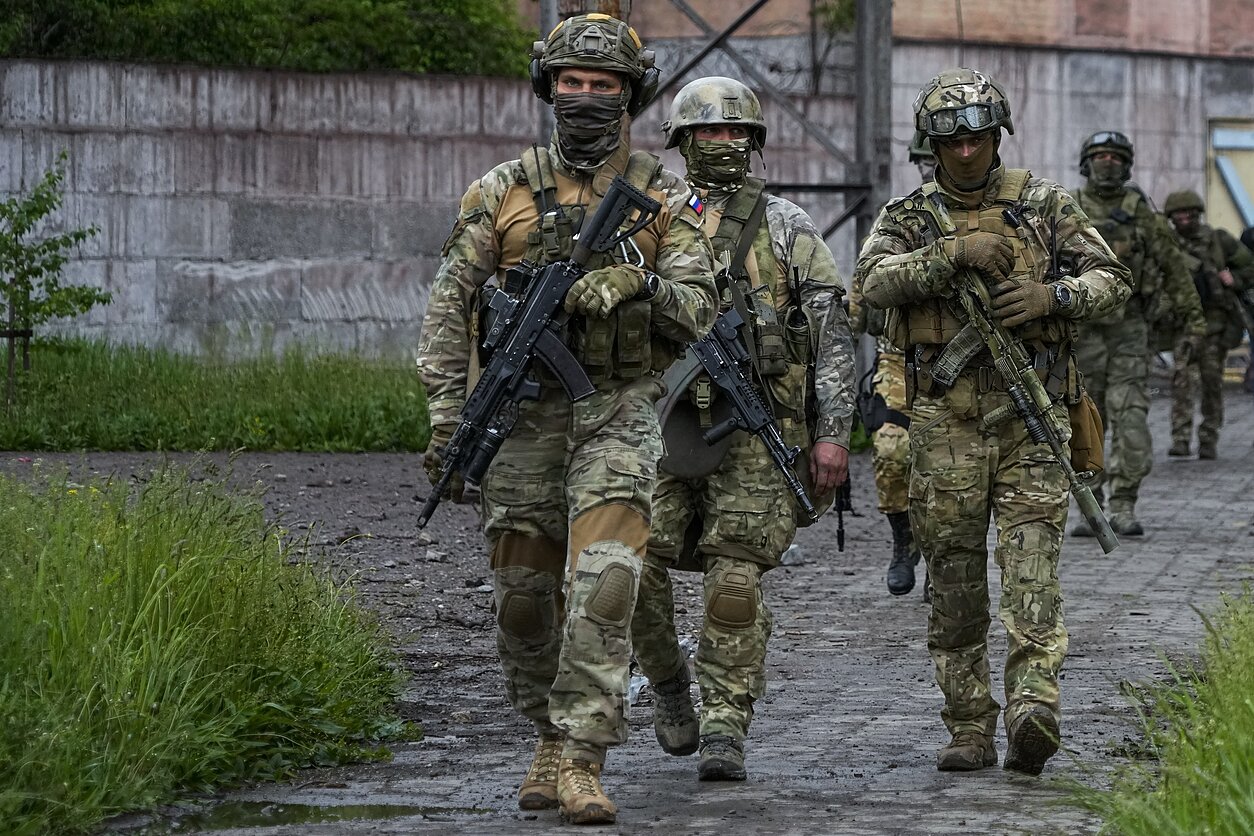Satellite images show: Russia modernizes bases and builds up troops near NATO borders.
Moscow appears to be preparing for a future clash with NATO by intensively increasing army numbers and modernizing military facilities after the end of the war in Ukraine.Russia is changing the structure of its army
Russia has restored the Leningrad Military District, which covers the territories near Finland, Estonia and Latvia. Former brigades are being transformed into divisions of more than 10,000 soldiers.

“This is a continuation of the military plans until 2022 and a response to new geopolitical developments related to Sweden and Finland’s accession to NATO,” explained analyst Emil Kastehelmi.
The modernization of Arctic bases, the deployment of strategic bombers and the appearance of military helicopters in Murmansk indicate Moscow’s desire to strengthen its positions in the Arctic.
“The Arctic is an important theater of military operations of the future.
What Trump says
US President Donald Trump commented on the situation calmly: “Not at all concerned. Finland and Norway will be in a very secure position.”As a reminder, Russian troops are strengthening bases and building military infrastructure near the Finnish border, which may reveal their strategy for what will happen after the war in Ukraine.
Also, while the world is focused on the negotiations between Russia and Ukraine, Putin is focused solely on the war. Russia is building up troops in the northern direction at a tremendous pace. According to experts, it is about 500-600 thousand troops. Old military bases are being restored, warehouses are being built, and training is underway.
The latest Quantus Insights poll, conducted from May 18-20, shows that Trump’s approval rating has increased by four points among Democrats: 11% approve of his job performance compared to 7% in the April poll. His disapproval rating also fell from 91% to 87%.
The poll also showed that Trump’s approval rating received a 5% increase from black voters: 27% approve of his job performance. Disapproval of the US president among this demographic group decreased by two points to 64%. Among all other demographic groups surveyed, Trump’s approval rating did not change significantly.


















